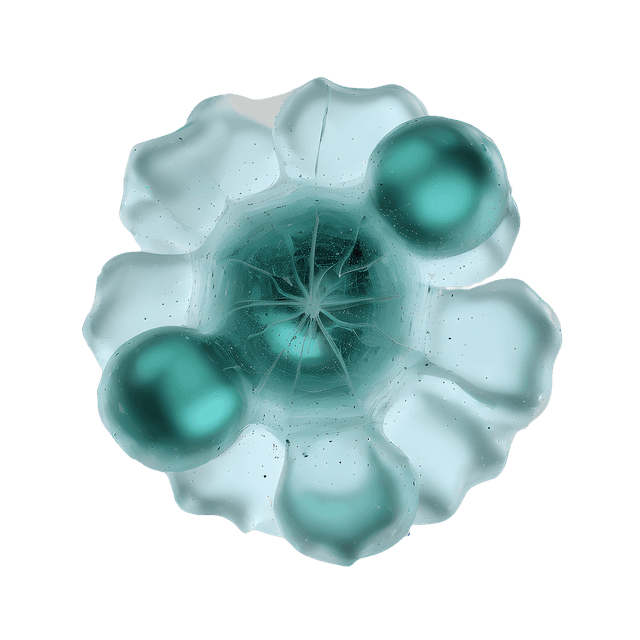What is hyponatremia?
Hyponatremia is an electrolyte disorder where the concentration of sodium in the blood is lower than normal. Sodium is an electrolyte that plays a central role in the body's fluid balance, nerve signaling, and muscle function. Hyponatremia can be mild and asymptomatic but can also be life-threatening, depending on how quickly and how low sodium levels drop. There are three main types of hyponatremia:
- Hypovolemic hyponatremia: Occurs when both water and sodium are lost, with sodium loss exceeding water loss. Common causes include vomiting, diarrhea, or diuretics.
- Euvolemic hyponatremia: A condition where the total amount of body fluid is normal, but sodium levels are too low due to water retention or overproduction of the hormone ADH (SIADH).
- Hypervolemic hyponatremia: Occurs when the body has too much fluid, diluting the sodium in the blood. This is commonly seen in conditions such as heart failure, liver cirrhosis, or kidney failure.
Causes of hyponatremia
Several factors can contribute to the development of hyponatremia:
- Excessive fluid intake: Drinking large amounts of water can dilute sodium levels in the blood.
- Hormonal imbalances: Disorders affecting the hormones that regulate fluid and sodium balance, such as Addison's disease or hypothyroidism.
- Medications: Certain medications, including diuretics, antidepressants, and pain relievers, can increase the risk of hyponatremia.
- Chronic diseases: Conditions such as heart failure, kidney diseases, and liver cirrhosis can impair the body's ability to manage sodium.
- Intense physical activity: Athletes participating in prolonged events can develop hyponatremia if they drink excessive water without replacing sodium lost through sweating.
Hyponatremia in women
Women may be particularly vulnerable to hyponatremia due to hormonal factors. For instance, SIADH can be triggered by certain medications or during periods of hormonal change, such as pregnancy or menopause.
How is hyponatremia treated?
Treatment depends on the underlying cause and the severity of the hyponatremia:
- Mild hyponatremia: Typically requires only fluid restriction and monitoring.
- Severe hyponatremia: Lower sodium concentrations may require intravenous saline administration and medications that block the effect of ADH (vasopressin antagonists).
- Addressing the underlying cause: For example, adjusting medications or treating chronic diseases.
Prognosis and risks
Hyponatremia can become life-threatening if untreated, especially in cases of rapid sodium decline that can lead to brain swelling. With proper treatment, many patients have a good prognosis, but relapses are common if the underlying cause is not addressed.
How to monitor sodium levels
An easy way to identify hyponatremia is through a blood test measuring electrolytes. In our electrolyte test, Electrolyte Check, you can get a detailed analysis of sodium, potassium, and chloride levels to better understand your fluid balance and detect potential imbalances early.
Early intervention is key to preventing complications. If you experience symptoms that may indicate hyponatremia, consult a doctor for evaluation and treatment.





















